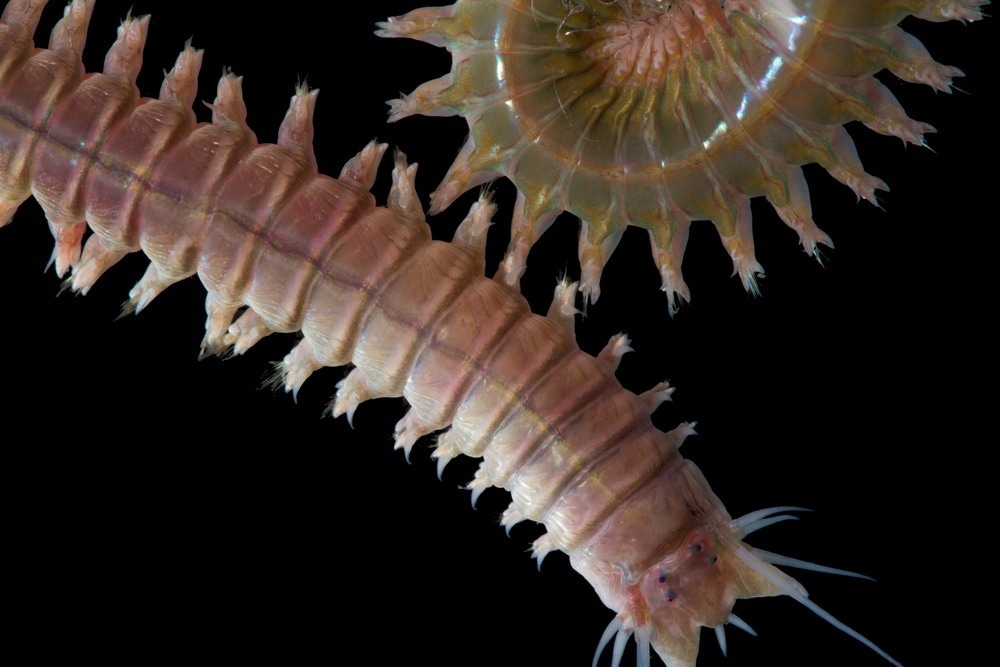Paleontologists are gaining insight into life from over a billion years ago by analyzing chemical remnants in ancient rocks and studying the genetics of present-day animals.

Image Credit:SomprasongWittayanupakorn/Shutterstock.com
A study performed melds geology and genetics to elucidate how changes in the early Earth triggered a transformation in the dietary habits of animals.
The study has been reported in the journal Nature Communications on December 1st, 2023.
David Gold, an Associate Professor in the Department of Earth and Planetary Sciences at the University of California, Davis, specializes in the emerging field of molecular paleontology. Employing a combination of geological and biological tools, he investigates the evolution of life.
Advancements in technology now enable the retrieval of chemical traces from ancient rocks, especially in cases where traditional animal fossils are scarce.
Lipids, particularly sterol lipids, possess remarkable longevity, enduring for hundreds of millions of years within rocks. Recent discoveries include traces of sterol lipids, derived from cell membranes, in rocks dating back up to 1.6 billion years.
Currently, the majority of animals incorporate cholesterol—sterol compounds with 27 carbon atoms (C27)—into their cell membranes. Conversely, fungi typically employ C28 sterols, and plants, along with green algae, produce C29 sterols, also known as phytosterols.
The presence of C27 sterols has been identified in rocks dating back 850 million years, while traces of C28 and C29 sterols emerge approximately 200 million years later. This temporal pattern is believed to signify the burgeoning diversity of life during this period, marking the evolution of the first fungi and green algae.
The absence of tangible fossils makes it difficult to glean insights into the organisms or plants responsible for these sterols. However, a genetic analysis by Gold and his colleagues is casting some light on the matter.
Don’t Make It, Eat It
While the majority of animals lack the ability to synthesize phytosterols internally, they can acquire them through the consumption of plants or fungi. A recent revelation involves the identification of a gene called smt in annelids, such as segmented worms (including the common earthworm), which is crucial for producing longer-chain sterols.
By examining smt genes across various animal species, Gold and his colleagues constructed a genealogical tree for smt, initially within the annelids and then spanning the broader spectrum of animal life.
Their findings indicate that the gene originated in the early stages of animal evolution and underwent rapid changes around the same period when phytosterols made their appearance in the geological record. Subsequently, the majority of animal lineages experienced a loss of the smt gene.
Our interpretation is that these phytosterol molecular fossils record the rise of algae in ancient oceans, and that animals abandoned phytosterol production when they could easily obtain it from this increasingly abundant food source. If we’re right, then the history of the smt gene chronicles a change in animal feeding strategies early in their evolution.”
David Gold, Associate Professor, Department of Earth and Planetary Sciences, University of California, Davis
Source:
Journal reference:
Brunoir, T., et al. (2023) Common origin of sterol biosynthesis points to a feeding strategy shift in Neoproterozoic animals. Nature Communications. doi.org/10.1038/s41467-023-43545-z.